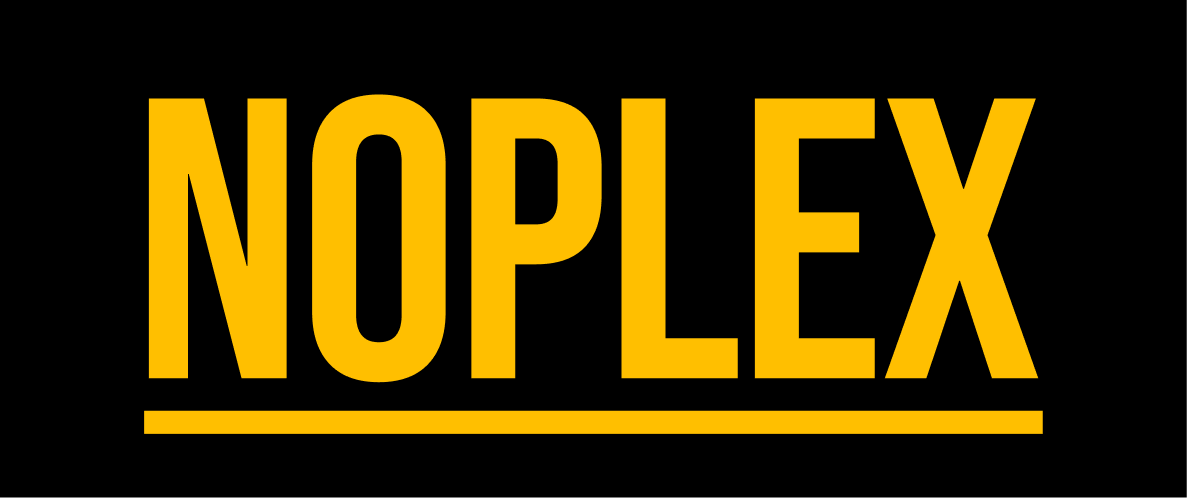The fact that you’re here speaks volumes.
Three Strategies for Supporting a Teen with ADHD
Parenting is hard.
Supporting a child who struggles with ADHD is hard, too. When these two hards meet, you may feel like millions of other parents — exhausted and alone, constantly losing your patience, and grappling with the feeling that nothing you do ever seems to make a difference. And don’t forget the guilt you experience from all of it.
As adulthood looms, you may also find yourself growing increasingly concerned about your child’s ability to manage their own life without assistance.
Know that there are millions of individuals in the exact same situation, and that there are abundant books, videos, and workshops available to help you navigate the many challenges you face. For now, though, here are three simple ways that you can better support your child.
1. Remember What It’s Like to Be a Teen
Remember that teens aren’t…well…fully formed people yet. Even without ADHD to deal with, impulse control, responsibility, and attention can be challenging. So, in many ways, they’re already facing ADHD with a disadvantage.
Teens with ADHD have it rough. Our understanding of the disorder and its management has evolved in recent years. Medication and therapy have changed lives but haven’t solved a fundamental problem: Having ADHD doesn’t absolve you of the responsibilities that increase with age. Teens with ADHD still have to show up to class on time. They still need to remember to do their chores and feed the fish. They need to keep track of sports schedules. And it’s simply more difficult for them than it is for their neurotypical counterparts.
ADHD is true disability and is recognized by the United States Social Security Administration and American Psychiatric Association among many worldwide authorities. Unlike other disabilities (such as motor impairments), ADHD isn’t obvious and outwardly visible, so it can be a challenge to consistently remember that many of your child’s more frustrating attributes aren’t malicious, ignorant, or lazy.
So stop and try to remember what it was like to be a teen. If you’re like most, it was bedlam — a frothing pit of insecurity, relationships, newfound independence, and anxiety. Keep that recollection in mind as often as you can when you find yourself saying, “We just talked about this,” “Calm down,” or something that begins with, "Why can’t you just…”
2. Familiarize Yourself with ADHD’s Challenge Domains
While the medical community’s understanding of ADHD continues to change, the spectrum of behavioral symptoms that tend to accompany it are in many ways well-understood and agreed upon.
You could spend weeks learning about every one of these symptoms, but for the sake of supporting your teen in a practical way, it can be helpful to familiarize yourself with a summarized list of broad “challenge domains.”
Personal Organization (Including Time Management)
Intention Drift (Lack of Follow-Through)
Avoidance (and Procrastination)
“Hyperfixation”
Motivational Deficit
Distraction
Impulse Control
Note: If your teen seems to struggle with a few of these “challenge domains,” then they likely struggle with most or all of them to some degree.
Becoming familiar with these challenges better equips you to understand why your teen behaved the way that they did in specific situations — what they did or failed to do.
3. Let Them Get Creative with Strategies
If your teen asks you to “hang their field hockey gear on the door handle so that they don’t leave the house without them,” it can be easy to roll your eyes, make a dismissive comment, or flat-out refuse. This can leave your teen feeling disempowered. The fact is, many teen with ADHD enter adulthood having never developed coping strategies that work for them; when they do, it’s a wonderful thing, and you should encourage it through tolerance. Doing so may require you to compromise a bit. Hanging field hockey gear on the door handle and “cluttering up the house” is less stressful than feeling unsure whether or not your teen will remember it.
NoPlex “speaks ADHD.”
NoPlex is a great fit for anyone old enough to use digital tools to manage their time, tasks, commitments, and responsibilities, and has been used successfully by individuals as young as 13.
Some ways you and your teen can use NoPlex together to make life a bit easier include:
Your child can include you as a Supporter to tasks like studying for a test or signing up for a team tryout; you’ll receive notifications when they do so, as well as when they complete those tasks — or fail to complete them in a certain timeframe. This reduces your mental load knowing that the most important things won’t be missed and that your child is empowered with strategies that promote self-sufficiency.
You and your child can build routines together that automatically produce tasks on a schedule (e.g. a collection of weekend chores) or as-needed (e.g. packing independently for a trip). For those who struggle a bit more with ADHD’s challenges, routines can also help with daily tasks (e.g. taking medicine, walking the dog).
Gain a better understanding of the types of tasks and responsibilities that your child struggles with the most, arming you both with the insights needed to focus on the strategies that set them up for success.
Encourage your child to fight overwhelm by committing to only a few prioritized tasks each day, using NoPlex’s Horizon feature.
Learn more about how NoPlex helps individuals 13+ with ADHD find their groove, or give it a try yourself.
As easy as 1-2-3.
Get started. It’s free.
Sign up for NoPlex on the web or download the iOS or Android apps.
Once you’re signed up, invite your child (age 13+) to the platform and set yourself as their Supporter. Learn how
Have them check their email, accept your invitation, and let the partnership begin.





